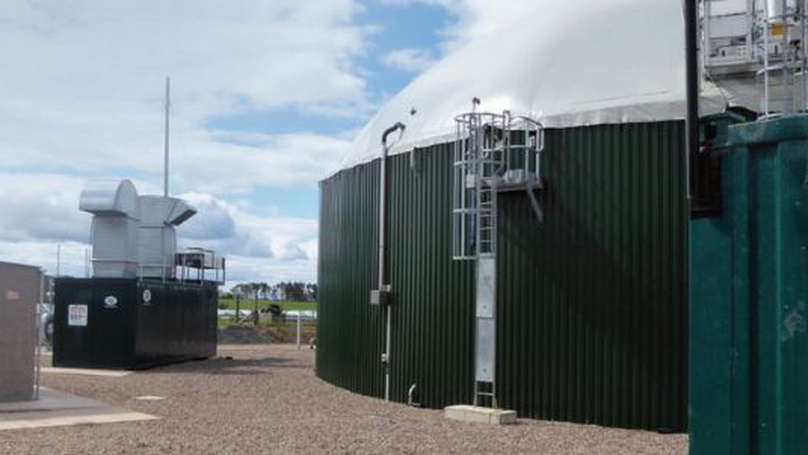Taxation of commercial property is implemented by means of business rates calculated with reference to the assessed rateable value.
In order to ensure that the burden of taxation is equitably apportioned, periodic revaluations are undertaken to take account of market and regulatory changes.
The expansion and growth of renewable technologies over the past decade has raised a number of anomalies from a property taxation perspective. The valuation of plant and machinery is assessed having regard to specific regulations. At the last review of the regulations the main electricity generators sought an exemption for their generating assets. They argued that as electricity production was their main business, taxing their ‘tools of the trade’ would be inequitable. Accordingly, the regulations excepted plant and machinery used for the generation, storage, transformation or transmission of power used wholly or mainly for distribution and sale to consumers.
Having regard to renewable generation technologies, the Valuation for Rating (Plant & Machinery) (Scotland) Regulations 2000, specify easily identifiable assets such as aero generators, wind turbines, solar cells and solar panels as being specifically excluded from valuation for rating purposes. But, as a consequence of Government’s encouragement of the renewables industry, times have changed significantly since the start of the millennium when these regulations were drafted. Following the 2010 revaluation the hydro sector discovered that its technology had been treated unfavourably from a valuation perspective in comparison with wind and solar and vigorously challenged this situation through the appeal process and consultation with government.
Anaerobic digestion (AD), another increasingly popular renewable-energy technology, is also finding itself facing a rates handicap. AD is the process where agricultural crops such as maize are mixed with animal waste and subjected to microbial activity to produce combustible gases. These are burned to power a turbine generating electricity and ancillary heat.
As with other technologies such as wind, solar and hydro, AD attracts subsidy under the Government’s feed-in tariffs, aimed at reducing greenhouse gases and meeting its obligations on global warming controls. But like hydro, AD is not specifically identified as a machine attracting the ‘tools of the trade’ exemption, and is instead seen as a conglomeration of individual items of plant and machinery. Assessors in calculating rateable value have regarded virtually all the elements as rateable. So while AD plants generate electricity mainly or exclusively for distribution for sale to consumers, they miss out on exemptions granted to conventional generators and specified renewable technologies identified in 2000 when the regulations were reviewed.
As noted, the hydro industry recognised the problem following a 2010 revaluation and has since pursued action through the valuation appeal courts. Meanwhile, the Scottish Government has recognised the issue and applied rates relief to create a more level playing field for hydro.
For AD, the problem is especially challenging because while the raw materials for hydro, wind and solar are provided by nature and are therefore ‘free’, AD operators must grow or buy feedstock crops and pay for the handling of animal waste.
To date the appeals process following the 2017 revaluation has been dominated by big categories such as office, industrial and retail, and niche, complex valuation issues such as farm based anaerobic digestion plants have yet to be considered. The lengthy and complex process pursued by the hydro industry to protect its interests over seven years suggests the AD sector will require political support and input.
AD adopters are pioneers who are playing a small but important role in reducing greenhouse gases. Their efforts must be recognised with the implementation of a satisfactory resolution so that, on property taxes, anaerobic digestion benefits from a level playing field.
